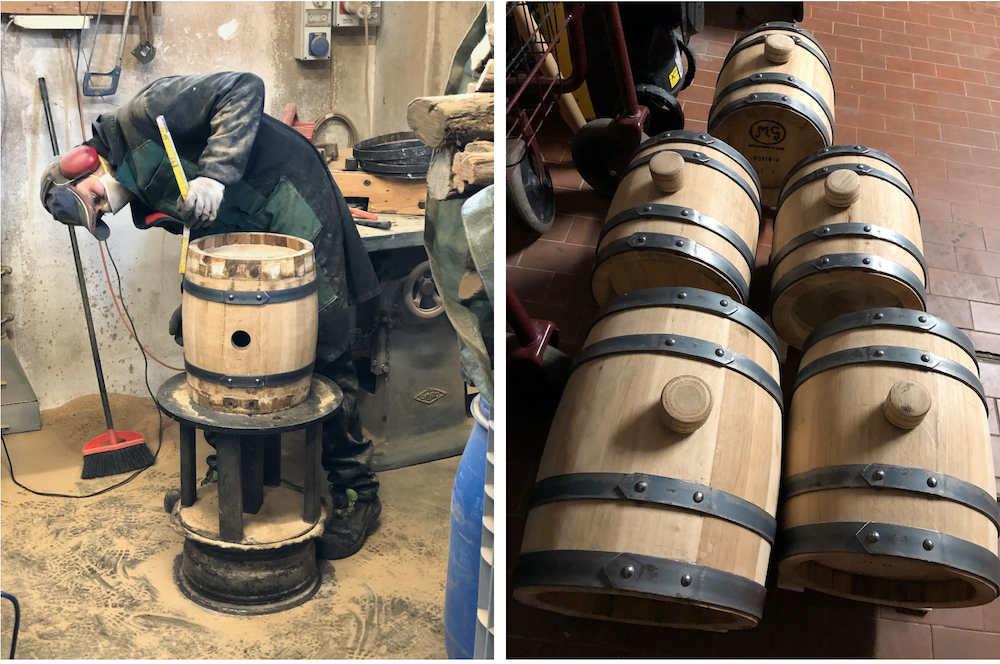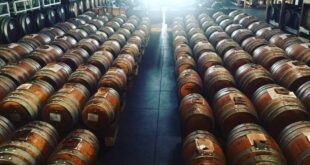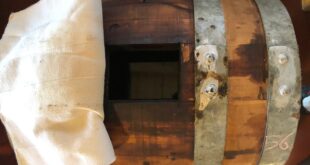Today who explains to us how to make Balsamic Vinegar of Modena is an Oxolologist, a person expert in Vinegar, Mr Francesco Satriani. He tells us how to start your vinegar factory to produce Traditional Balsamic Vinegar of Modena, starting from the preparation of the barrels.
As already mentioned in the previous article https://usebalsamicvinegar.com/different-wooden-barrels-for-the-production-of-the-traditional-balsamic-vinegar-of-modena/
, we remind you of the importance of the barrels and the wood. The product will stay inside of them for years and years and will reach the highest quality.
The battery of barrels is the real assembly line of the Traditional Balsamic Vinegar in which the physical, chemical and biological transformations of the product take place over time.
Before putting the product inside the new barrels, we must carry out some operations to make them suitable for production.
A new barrel cannot be used without having done the Sgallatura.
The Sgallatura
It is necessary to remove gallic acid present in the wood which can be performed in different ways.
- Fill all the barrels with boiling wine vinegar. Remove after 2 or 3 days and leave the barrels to dry for a few days. Is important to know that the wine vinegar cannot be used for other purposes and must be thrown away.
- Fill all the barrels with water with 6% citric acid. Leave it for a few days and once emptied, allow to dry.
- Fill all the barrels with boiling water containing 10% of table salt. Leave it for 6 or 8 hours. Once emptied they will be washed with boiling wine vinegar and left to dry.
After the Sgallatura, another very important operation is necessary.
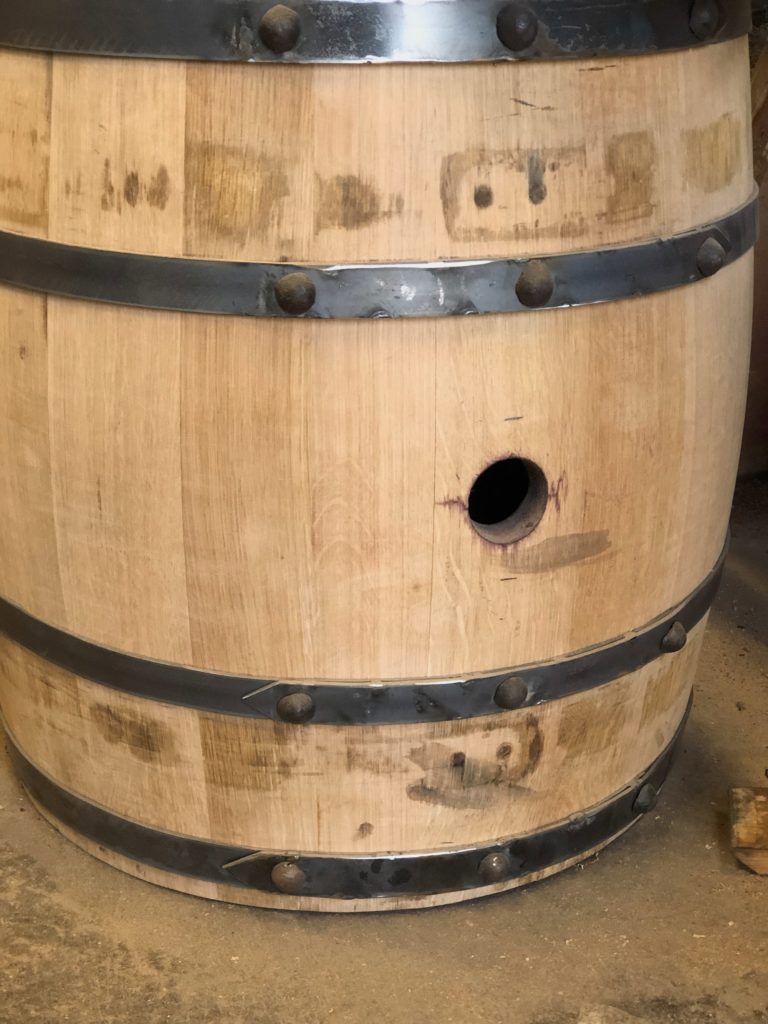
Barrels Acetification
It consists of filling all the barrels with wine vinegar with an acidity of 8 to 10 and leaving it inside for a minimum of. 6 months, preferably 1 year. After that, we will have to wash the barrels again with boiling wine vinegar.
At this point, our battery is ready to receive the fermented and acetified cooked must and be used for the production of Traditional.
At what time should it be done?
The best time is between March and April before the hot period because the must is in its initial phase of Acetification. It achieves excellent results at temperatures above 20° C, ideal for bacteria.
Do you want one advice? Do it during the waning moon phase!
How to make Balsamic Vinegar of Modena is not easy and it also takes a lot of time. Minimum 12 years.
The first phase of ageing – Maturation 12 years
To obtain a good Traditional Balsamic Vinegar, you need a lot of patience. Only after 12 years, we can make the first samples.
After this period, the Balsamic characteristics begin to emerge in the product of the smaller barrels, there are flavours and smells still unrelated to each other because the vinegar has not completed the ageing cycle.
Acidity and density now begin to take shape but will give the highest quality after 25 years.
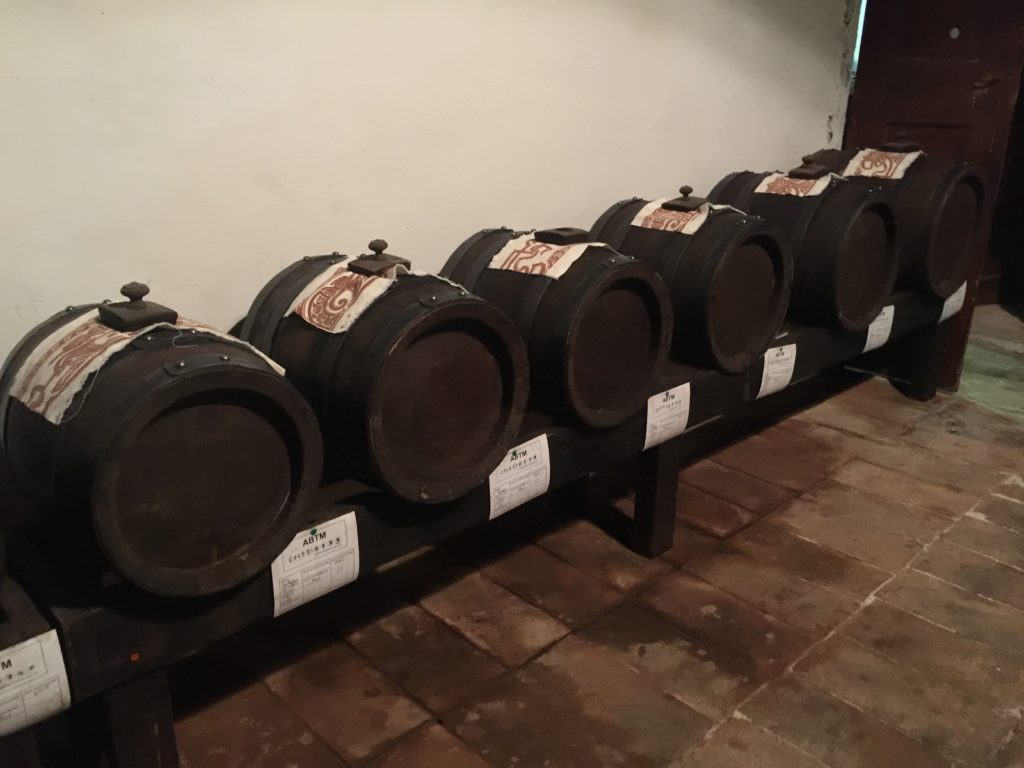
The second phase of ageing – Ageing 25 years
In this period (from 12 to 25 years) the real miracle of Traditional Balsamic takes place. It will reach organoleptic characteristics unique in the world by ageing. Its syrupy and consistent density, its intense dark brown colour, its bright and intense clarity and its minimum acidity of 6 degrees will be the quality and evaluation peculiarities if the product.
To give you an idea of how the characteristics of the product change over time, let’s take the example of how the Brix degrees vary with the ageing of Traditional.
We start from 20 degrees Brix of fermented cooked must
From 21 to 30 degrees = must in the acetification
From 31 to 53 degrees = in ripening
From 53 to 62 degrees = ABTM Aged (minimum 12 years of ageing)
From 63 to 72 degrees = ABTM Aged
From 73 to 75 degrees = absolute maximum quality of the product
If you want more information about how Balsamic Vinegar is made, keep reading our Blog! Also, take a look at these articles: ….
Hope to see you soon on our Blog.
Greeting from Modena.
 Use Balsamic Vinegar All you need to know about Balsamic Vinegar of Modena
Use Balsamic Vinegar All you need to know about Balsamic Vinegar of Modena
